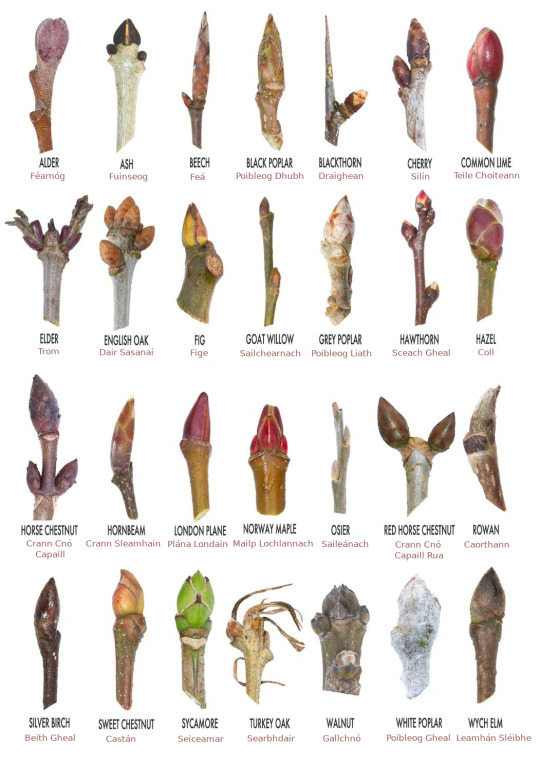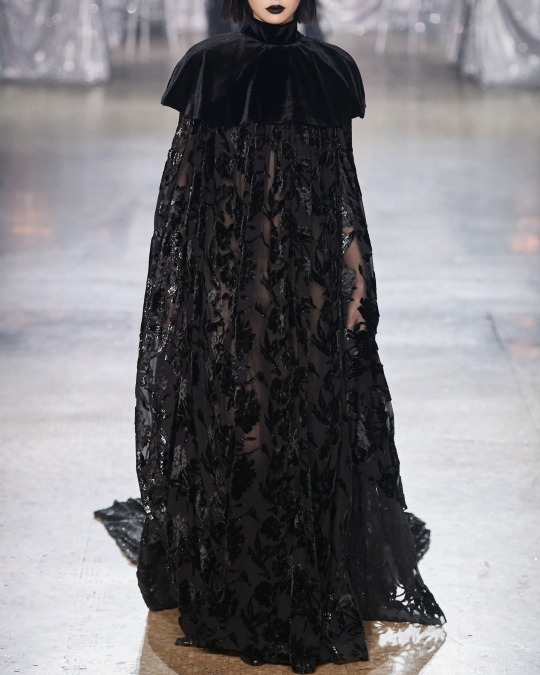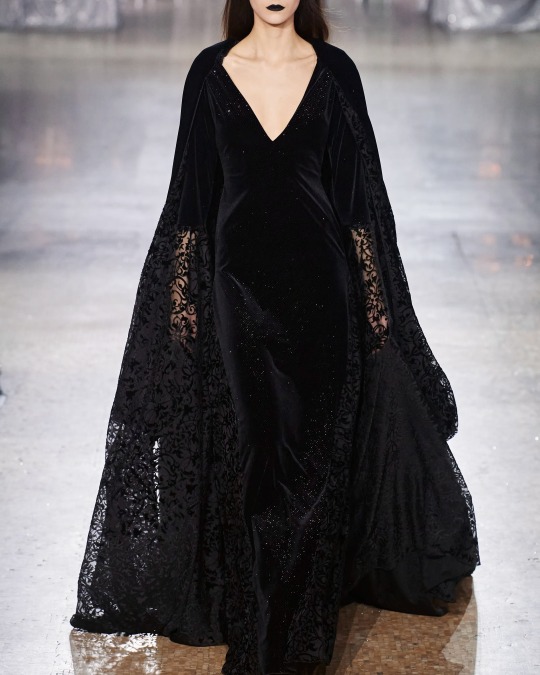Text
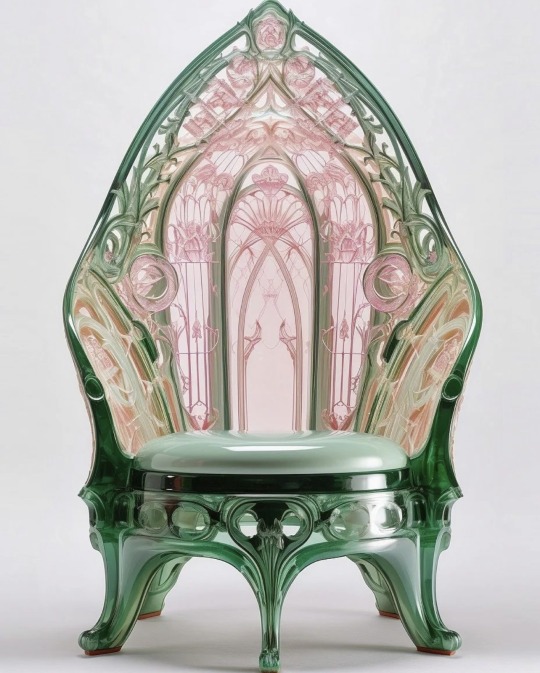

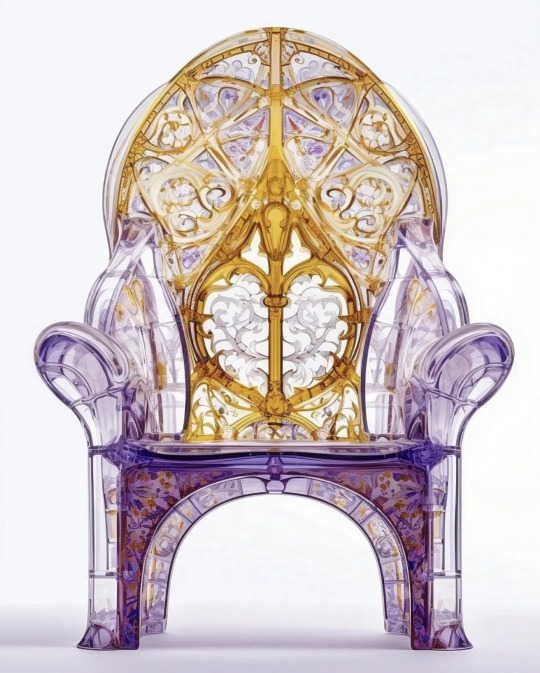
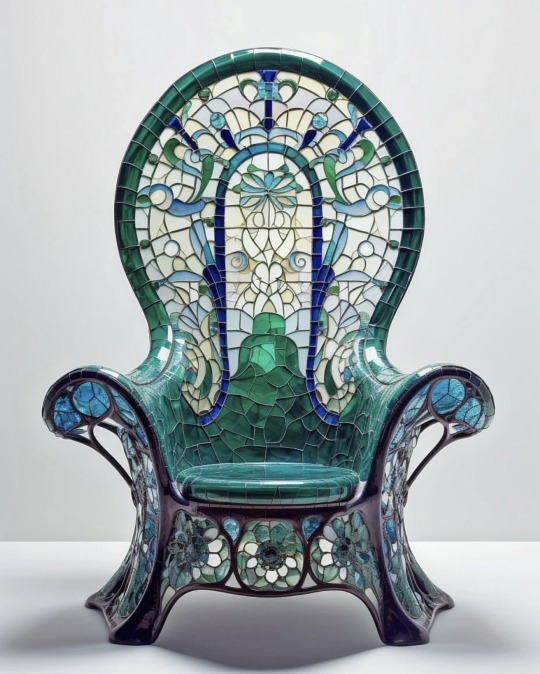
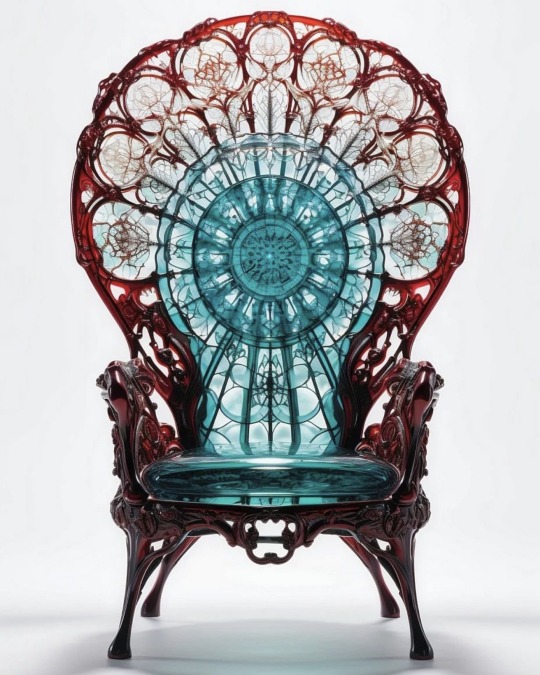
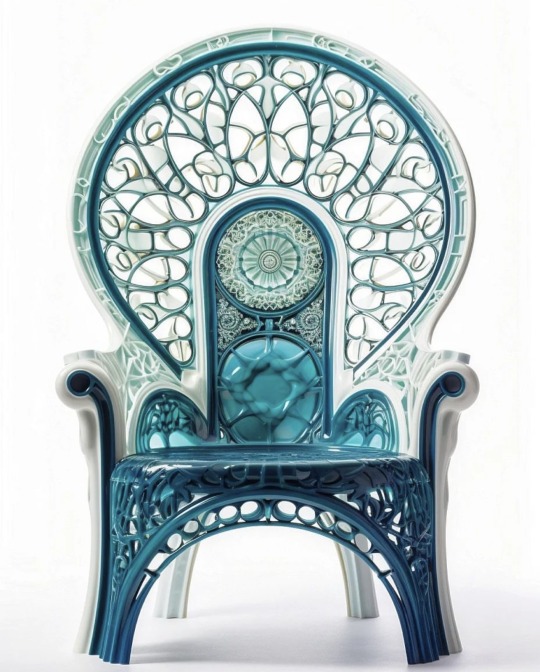
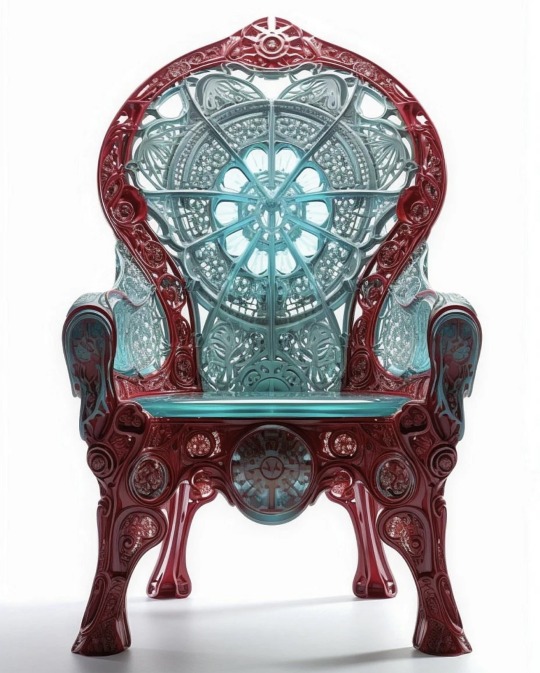

Hassan Ragab: Recycled Plastic Art Nouveau Facade Chairs (2023)
42K notes
·
View notes
Text
I don't respect christianity but they kinda popped off with cathedrals but ONLY for the purpose of having a cool backdrop for fighting horrible nightmare beasts
71K notes
·
View notes
Text








Details from Miss Universe Philippines Pampanga 2023 National Costume
323 notes
·
View notes
Text


Alia Bhatt in Prabal Gurung at the 2023 Met Gala
260 notes
·
View notes
Photo
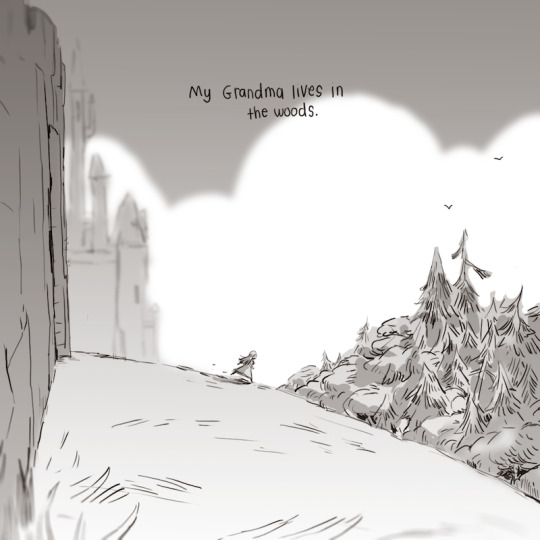
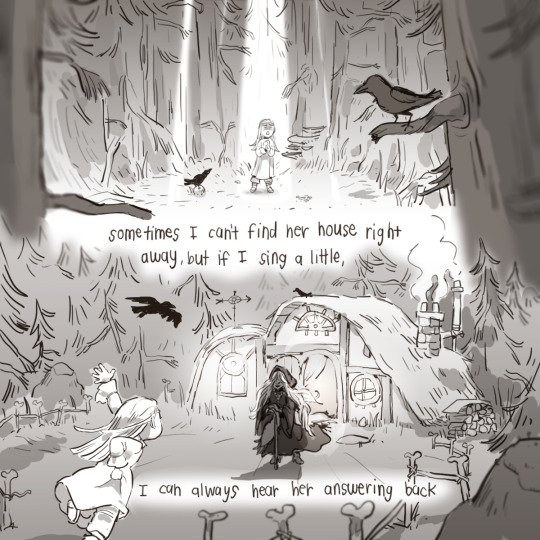

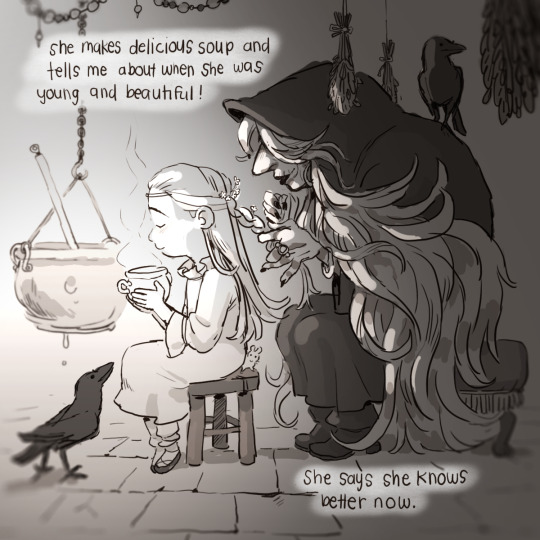



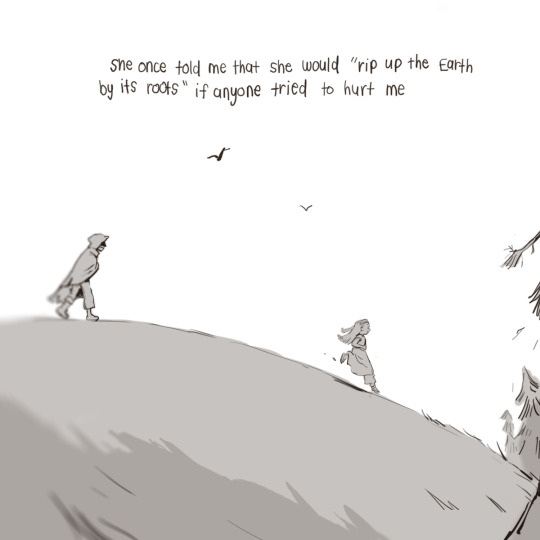
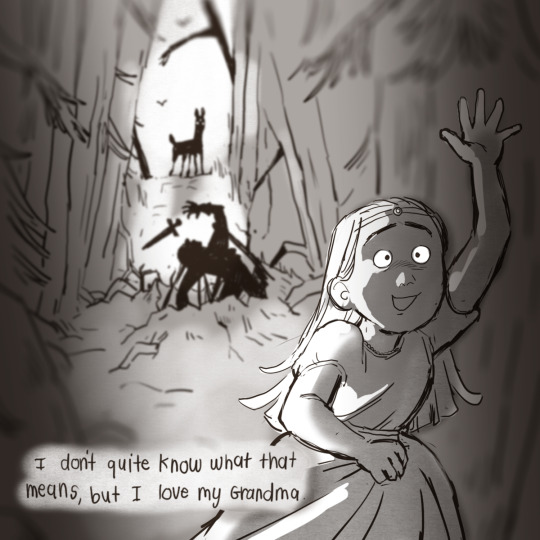

Oops, I never uploaded this one to Tumblr (which I only realized when someone else did, but then was kind enough to tag me, thank you)!
This is the comic that kickstarted my obsession with telling stories with as few panels as I could (usually 10-11 haha), so it’s got a soft spot in my heart.
161K notes
·
View notes
Text








More trekposting— assorted ds9 brainrot and etc
A couple of these will be prints!!!
4K notes
·
View notes
Photo
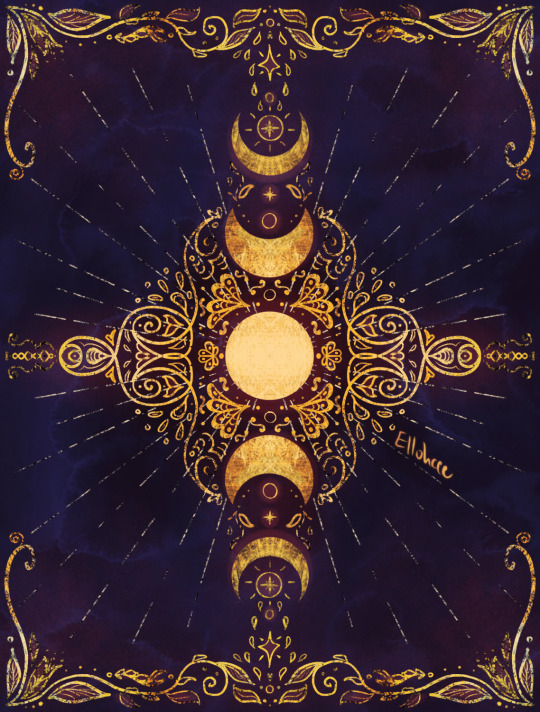
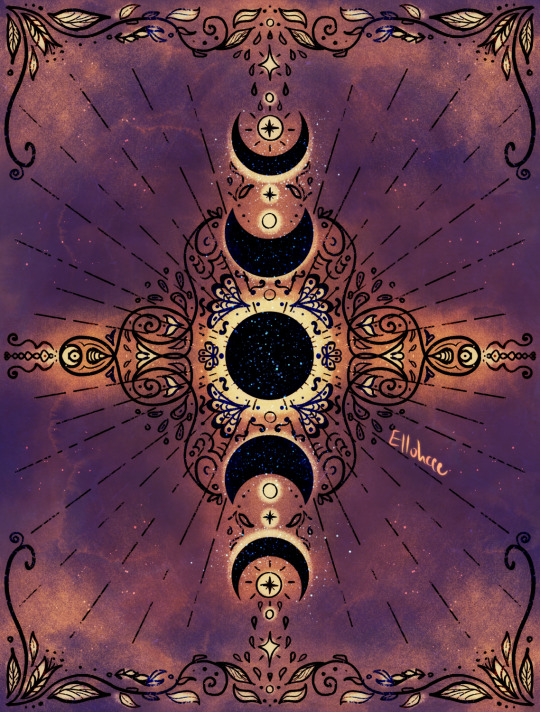
Moon Phases, two versions because I couldn’t decide which way to go.
8K notes
·
View notes
Photo




Fontainebleau State Park, Louisiana by Lana Gramlich
109K notes
·
View notes
Text
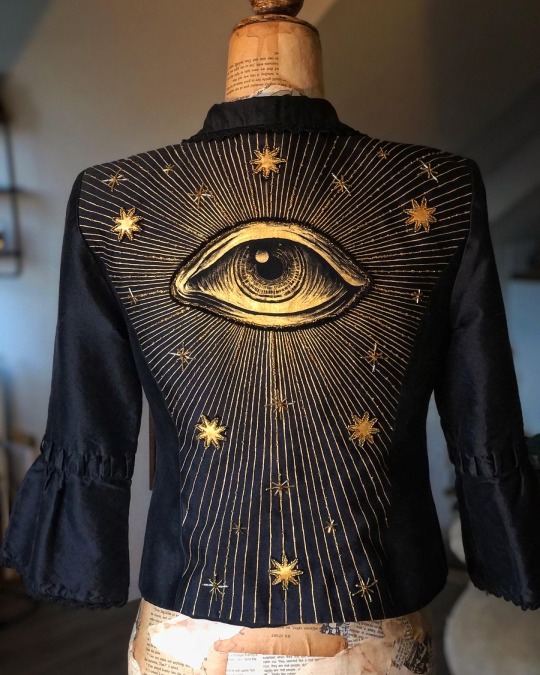
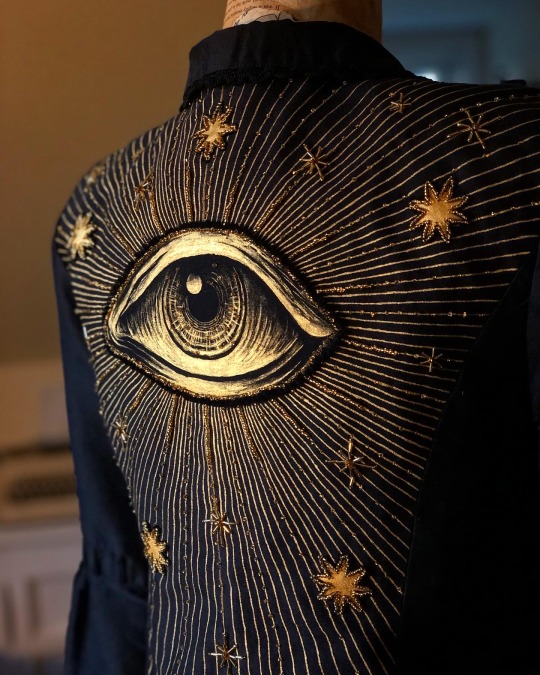
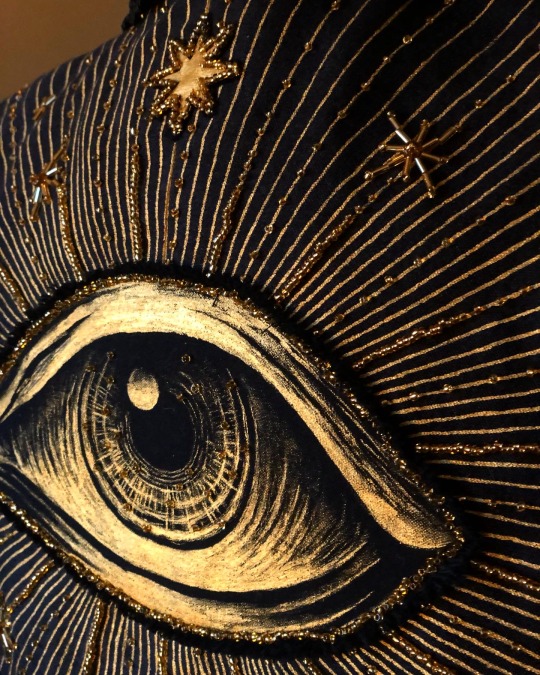


I’ve been painting and embellishing a used jacket! Finished the back today, now to do the front. Shop | Instagram
16K notes
·
View notes
Text
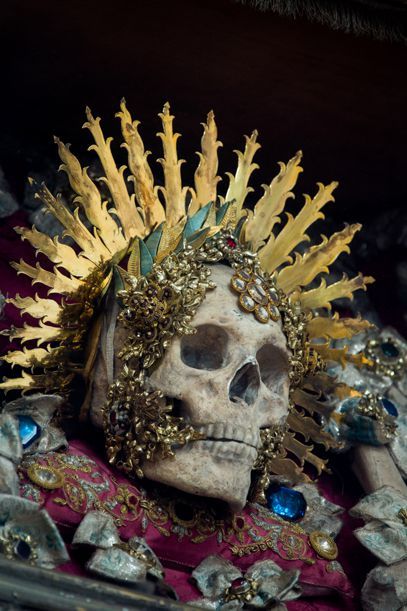
"St. Benedictus," at Muri Abbey in Switzerland: A "Catacomb Saint" whose body was originally exhumed from the Roman catacombs in 1681; it was then consecrated, decorated, and taken to Switzerland to be displayed as the holy relic of St. Benedictus.
During the 16th-17th centuries, many remains such as these were taken from the Roman Catacombs and were then transformed into "Catacomb Saints" that were ultimately sold to various parishes throughout Europe. The Church claimed that these "saints" were the genuine remains of early Christian martyrs (i.e. the Christians who were persecuted/killed by the Romans during the 2nd-4th centuries CE) though these conclusions have been widely disputed and the true identities of the remains are still unknown.
The "saints" were often decorated with other purportedly genuine holy artifacts, as well. In some cases, a glass vial/reliquary containing dehydrated blood would be displayed alongside the body, and it was claimed that this was in fact the blood of the martyr in question.
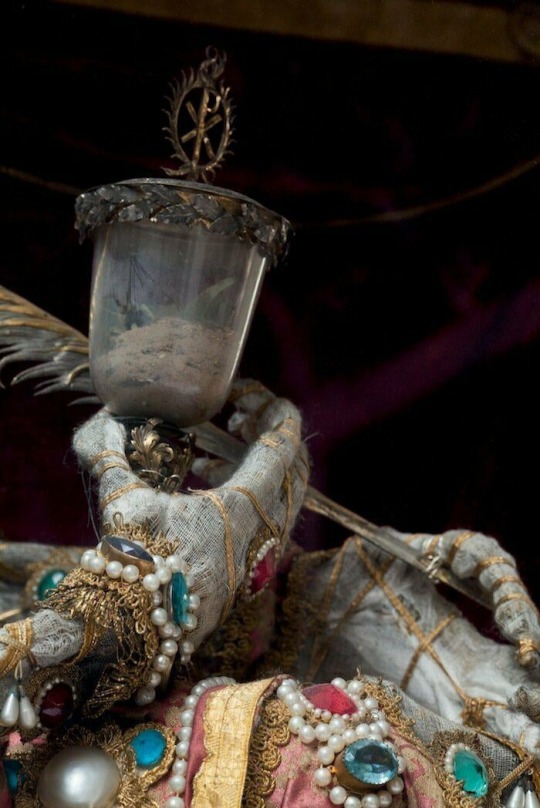
A Flask of Dehydrated Blood in the Bejeweled Hand of "Saint Munditia," at the Church of St. Peter in Munich: This skeleton (possibly dated to the 4th-6th centuries CE) was exhumed from the Roman Catacombs and placed on display in 1675.
Some "saints" were given swords or crowns, while others were posed on elaborate thrones and/or dressed in special garments. Such relics were often given as "proof" of the saint's identity.
"Catacomb Saints" were typically purchased by parishes, where the remains were displayed and venerated. It is believed that many of these remains were purchased through the donations of local parishioners, even in relatively poor communities (for various and probably obvious reasons). Before being placed on display, the bones would be cleaned and prepared, and then a thin layer of gauze and/or wax would be applied throughout the skeleton in order to aid in articulation and allow the body to be posed, then meticulously gilded, bejeweled, draped in silk or lace, and/or fitted with a suit of armor. Sometimes these relics were decorated with artificial "gems" that were actually made from glass, but many were also decorated with real gemstones and precious metals -- at Salem Abbey in Germany, for example, more than a thousand genuine diamonds, rubies, emeralds, and amethysts were acquired for the decoration of several "Catacomb Saints" that had been purchased by the parish.
"Catacomb Saints" were very popular throughout Europe, and though many were later lost or destroyed, some have been preserved. Most of these remaining "saints" are still kept within the same parishes that originally purchased them, where they have been on display for centuries.
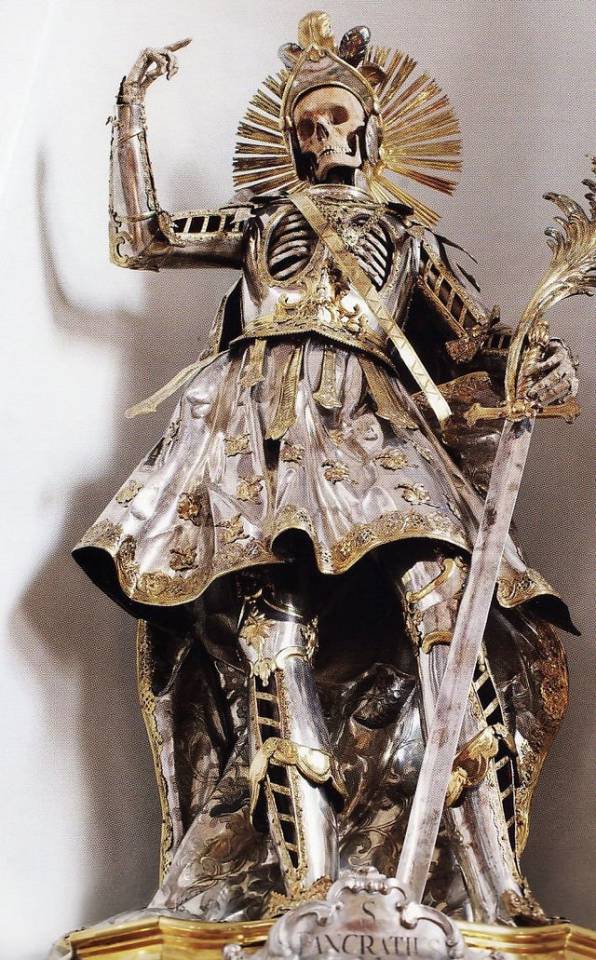
"St. Pancratius" on Display in Wil, Switzerland: The skeleton shown here was originally decorated in the style of a Roman soldier in 1672, and the more elaborate plate armor was then added at some point in the 1700s.
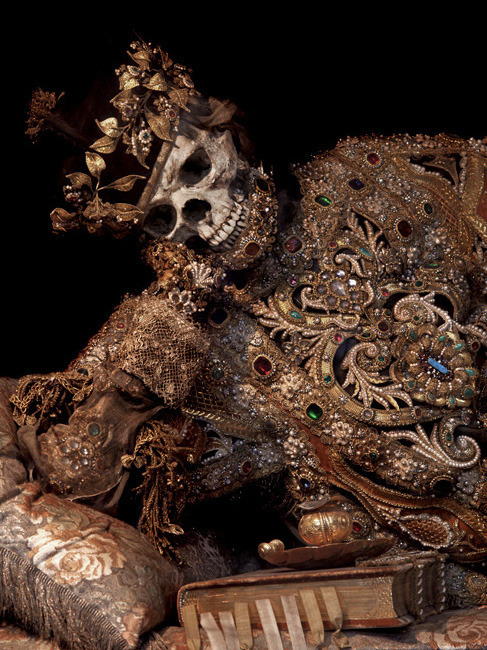
"Saint Valentinus," from Waldsassen Basilica in Germany: One of several different "Catacomb Saints" located in Waldsassen, this relic of "St. Valentinus" is clothed in an ornate deacon's cassock and gold-trimmed biretta in an effort to express the divine/priestly station of the saint himself.
I find it really fascinating how "Catacomb Saints" always seem to have this incredibly unsettling and yet strangely beautiful aesthetic. There's just so much contrast and so many layers of irony in this phenomenon: the fact that this practice combines the sacred (i.e. spiritual transcendence) with the profane (i.e. material wealth) which could, in some ways, constitute a transgression against the very god that these relics are said to honor; the fact that this is all part of a religious tradition that places so much emphasis on the transcendent nature of the human soul (while largely dismissing the physical body as little more than a token of our temporary existence within the imminent world) and yet here we have these skeletons, utterly devoid of any soul and reduced to nothing more than imminent remains, being actively venerated as holy relics; or the fact that these individuals likely lived and died in poverty, as anonymous bodies, and have only been granted wealth and fame through the anonymity of their deaths, once wealth and fame were essentially unusable to them.
But I think that the most fascinating irony here is just the fact that each body likely belonged to some random person whose bones were fished out of the catacombs in Rome specifically so that the remains could be consecrated/decorated and displayed as emblems of virtue and righteousness, and yet, despite the fact that their body has now been consecrated, exalted, venerated and immortalized as a sacred figure within the world's single largest faith, each person's actual identity has still been entirely forgotten; their now very famous, very widely venerated body is also somehow fated to remain utterly nameless and anonymous forever.
I think this is especially poignant from the perspective of a forensic/bio-archaeologist, because this is the inverse of what we normally strive to accomplish: we take human remains that have previously been cast aside into anonymity and attempt to restore their individuality and their true identities, essentially recognizing their inherent value as individuals/human beings...but for the "Catacomb Saints," the identities of the bodies have been scrubbed clean and replaced with broad iconography and symbolic value; they lose their individuality and humanity in order to function as vessels for spiritual meaning.
Their value is contingent upon the belief that they are more than human.
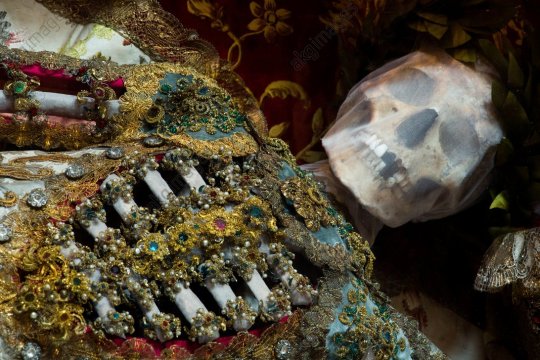
"St. Friedrich," from Melk, Austria: These remains arrived at the church in Melk as a gift from the Habsburg Empress Maria Theresa.
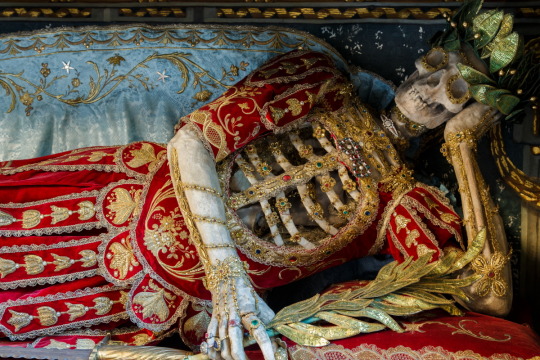
"St. Konstantinius," on display in Rohrshach, Switzerland: Posed as if reclining, this skeleton also grasps an ornate golden palm frond in its right hand; palm fronds are often depicted within Christian iconography, where they are generally used as a symbol of martyrdom.

Another image of the palm frond depicted with the body of "St. Konstantinius."
There are just so many different aspects to investigate with the whole "Catacomb Saints" phenomenon and absolutely every one of those aspects is fascinating, imo. It's just one of those topics that has never really left the back of my mind over the years, and I frequently come back to it.
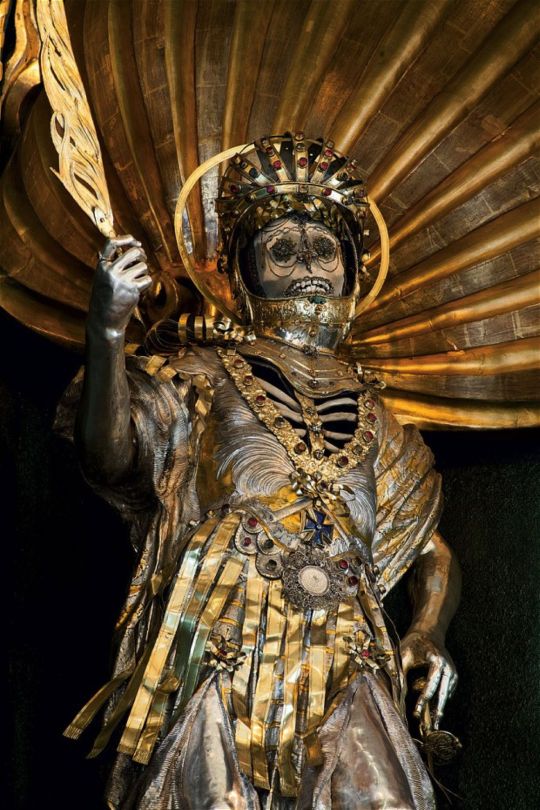
"St. Maximus," from Bürglen, Switzerland: Displayed in a suit of armor, with a golden palm frond clasped in his hand.
[Most of the images included in this post come from a book called Heavenly Bodies: Cult Treasures and Spectacular Saints from the Catacombs, by Paul Koudounaris. It's a really fantastic read, with many additional details and photographs of this phenomenon. You can also go here to browse through more images/descriptions, and an additional article on the topic can be found here.]
1K notes
·
View notes























